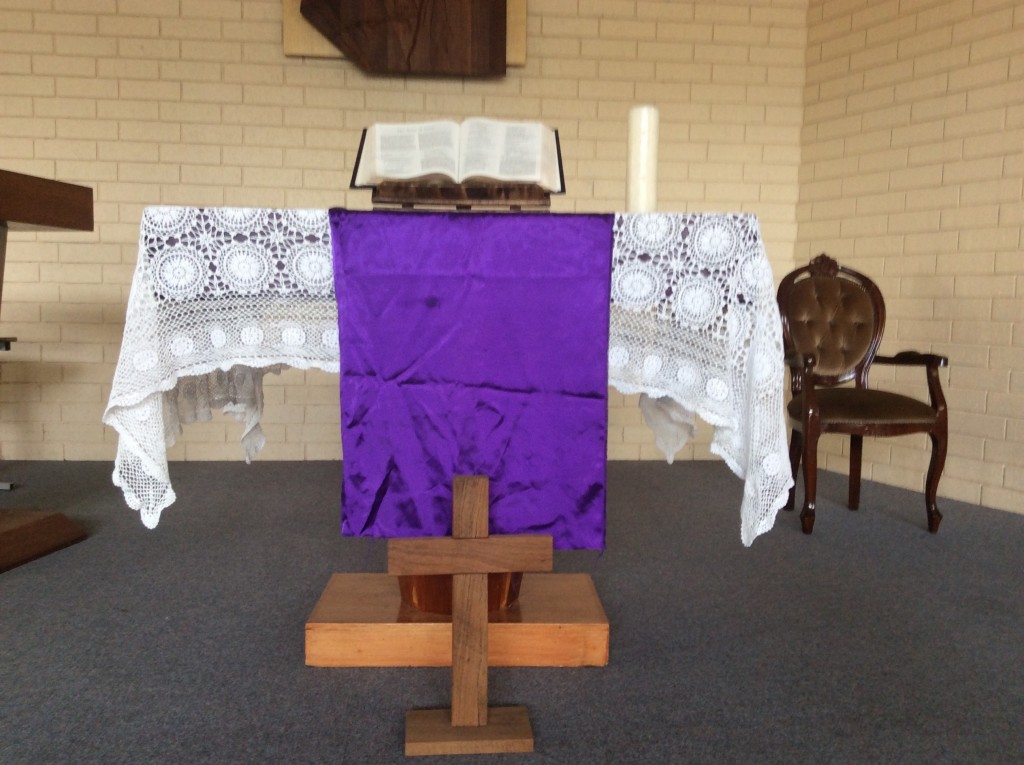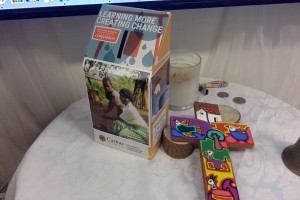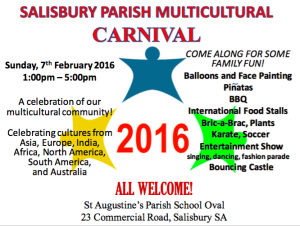
In Yesterday’s Sacramental Class Father Roderick explained all the Materials and Objects in the Church.
Here is a quick summary of the different objects and there purpose in the Church.
The Altar – The altar is a symbol of Christ himself. It represents both the sacrifice Jesus gave of himself on the Cross, and the meal which gives us spiritual nourishment.
Before Mass begins a white altar cloth is placed on the altar. A smaller cloth with colour defined by the liturgical celebration may be placed underneath relating to the Liturgical season.
Two candles are placed on the altar reminding us Jesus is the light of the world. A cross may be processed in by a server at the beginning of Mass, or simply be positioned near the altar before Mass. The sacramentary (priest’s red missal) should be left on his chair, or if there are altar servers on one of their chairs. During the offertory the gifts of bread and wine are processed in and the priest will place on the altar.
The Side table – a white cloth covers this table.
The side tables purpose is that objects are the used in Liturgy of the Eucharist
The chalice is placed on this table – on top of the chalice is a white purifier, and on top of the purifier is placed the pall, a square piece of cardboard covered in white cloth. The corporal is later opened and placed on the altar to identify the place where the bread and wine are consecrated and become the Lord’s body and blood. It has the purpose of gathering together any crumbs or fragments from the hosts when they are broken. There needs to be a bowl of water for the priest to wash his fingers, and a small finger towel.
The Lectern is the stand where lectionary is placed, and the readings and especially the Gospel are proclaimed. Strictly speaking the Penitential Rite and Prayers of the Faithful should be read from another place, but sometimes the lectern is used because it has a microphone.
The Back Table
Paten with small Eucharistic bread placed on it covered by a large Eucharistic Bread which are to be consecrated body. Cruets of water and wine which are to be consecrated into Christ’s Blood.
The back table’s purpose is designed for the Gospel Procession and Procession of Gifts.
Gospel Procession-Lectionary opened to Gospel Reading & 2 Candles lit.
Lectionary- We use the Children’s Lectionary and it contains the Book of Bible Readings.
For Mass we use the readings of the day taken from the ordo & look them up in the back of the children’s lectionary.
Procession of Gifts: For a Mass we process with the Paten with a small Eucharistic bread placed on it covered by a large Eucharistic Bread which are to be consecrated into Christ’s body
Cruets of water and wine which are to be consecrated into Christ’s Blood.
Ministers of the Eucharist
At the Lamb of God goes to the Sacristy -the room where materials & vestments are stored for mass.
Tabernacle- where consecrated hosts are kept for communion brings up the Ciborium -the vessel that holds the consecrated hosts which are given at communion and the remaining ones reserved after communion.





 Caritas Australia is the official agency for overseas aid and development. It has funded emergency relief and long term development projects in more than 50 countries throughout the world. It is the nation’s largest fundraiser providing water and medicines for poor countries.
Caritas Australia is the official agency for overseas aid and development. It has funded emergency relief and long term development projects in more than 50 countries throughout the world. It is the nation’s largest fundraiser providing water and medicines for poor countries.


